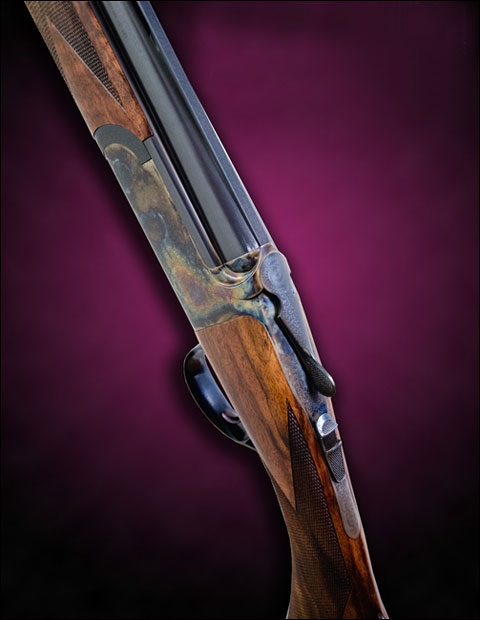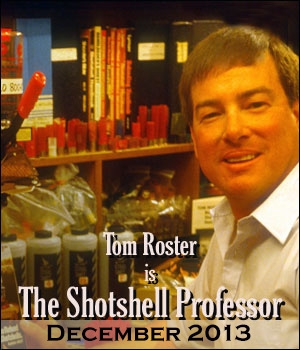As something of a militant public-land duck hunter, it is a point of pride for me that I can do well – sometimes really well – in a section of marsh so crowded with hunters that most people I know refuse to go there.
“Let ‘em work” – are you kidding me? Birds don’t “work” in this place – the second they get into range for any hunter, a volley is unleashed, and if those birds don’t die, they’re outta there, along with every other bird that had been thinking about dropping down for a look-see.
On a recent hunt there, my buddy Charlie and I watched, mouths agape, as three snow geese became enchanted with a chorus of robust voice calling from three tule patches, and made one pass, and another … and … another! … before someone dropped one. Three passes! Pretty sure that’ll be in my mental highlight reel forever.
Lord, when I watch hunting shows where mallards work and work and work before assuming the holy position – cupped and committed! – I think to myself, “Must be nice.” Imagine, a mallard practically motionless 20 yards in front of your face. How could you miss?
Then I go back to my guerrilla-style hunting, bring home ducks, and realize life’s not so bad.
Of course, the problem with this is, much like a girl who’s been waging guerrilla war in the jungle, if you stick me in a ballroom, I’m not gonna know how to act.
This has been on my mind a lot lately because I have an invitation to a really nice club later this month, a club so storied and venerable that I’m not allowed to spend the night there because I lack a “y” chromosome, the kind of place where, I’ve been informed, they “mostly shoot over the decoys.”
So how does that work?
I got a preview last weekend on public land. Not my usual spot, but another place my friend Jake hunts. We had to hustle to stake our claim, and after the decoys were all set up, I asked the question I should’ve asked long before: “So, do they come in really close here? I’m shooting a modified choke. Do you think I should change it?”
Jake was non-committal, which I interpreted to mean, “They might. Or they might not.”
I left the modified choke in.
The flight before shoot time was amazing, with lots of cheeping teal, meeping gadwall and whistling pintail and wigeon zipping around us. But I knew that didn’t mean anything – by this point in the season, I knew it was likely to turn off like a light after the first shots were fired.
When shoot time came, Jake and I were not the first to shoot, but we didn’t have to wait long.
It’s all kinda fuzzy how it went down, but I was looking at Jake across the tule patch when his eyes widened and he said something like “On your right!” No mistaking the urgency there.
I spun around in time to see four (I think) ducks landing no more than eight yards in front of me, coming in from the right. The light was dim, but I could see a hen about two feet off the water, and a drake about four feet off and others I couldn’t afford to even look at because I had already acquired my targets.
“Holy shit!” my inner guerrilla shouted (in the ballroom). I don’t think I actually screamed, but I might as well have, because I felt like I did the first time a pheasant exploded at my feet. OK, the first 20 times.
Oh, had I only adopted a pheasant-hunting mentality.
I shouldered my gun and took aim at the hen (Hen Police, don’t freak out – I’d already determined they were all spoonies).
Bam! She dropped.
In a moment of rare greed, I swung on the drake, who was now about eight feet in the air, still around the same distance out.
Bam! I missed. He was practically frozen in the air in front of me, and I missed.
I can’t remember what happened next. I either shot again, or I turned my attention to the bird on the water. Jake said something later about me emptying my gun. Did I do that?
Regardless, my hen was swimming away quite vigorously. Jake’s black Lab Lucy was already in the water so it wasn’t safe to shoot again, but I followed her out. Lucy came within nipping distance and the hen flapped quite vigorously on the water, quickly putting a lot of distance between them. Clearly I hadn’t hurt her too badly.
I shot at her again, and watched my pattern hit the water two feet behind her. Regained composure, shot again, put the pattern right on her. But she was still swimming.
Fortunately, she was in thick grass, and it wasn’t hard to get to her and finish her with a quick twirl.
Wow. Four shots. Maybe five. Man, I’d be a crappy witness.
Jake and I replayed that scene a few times, and I had to laugh at myself. Those ducks were so close that my pattern was probably at best the size of a baseball. I had so much time, but I panicked like they were rabbits, bodies halfway into the briar. When I dressed the spoonie, it was clear that my first shot had just hit her wingtips – it was a miracle she stayed down.
For the rest of the morning, I fervently wished another group would come in like that so I could do it right. But the “replay” button in hunting is notoriously sticky – I know it’ll be years before I see that sight again. We got a few shots after that and left with better straps than most that day, but nothing came in again like those spoonies.
I guess that was my jungle-floor lesson in ballroom dancing. I should probably count myself lucky.
Holly A. Heyser is the editor of California Waterfowl Magazine. A hunter, forager, writer and photographer, she lives in Sacramento, California. You can see more of her work at hollyheyser.com.









